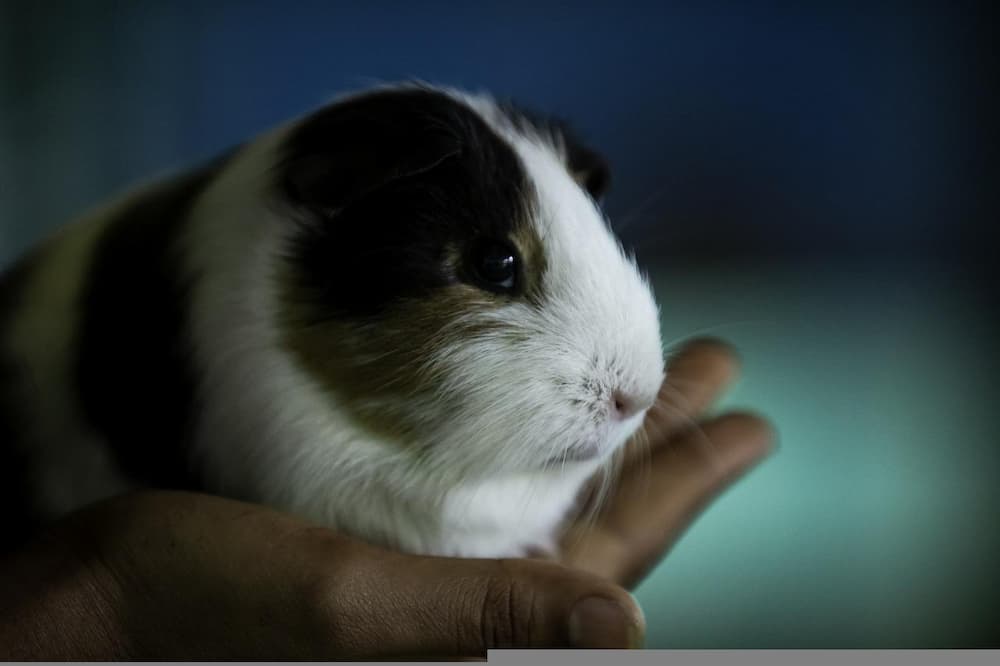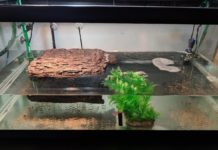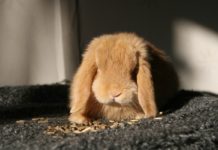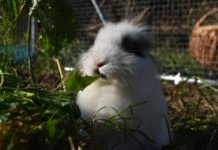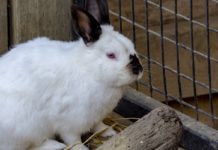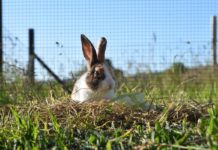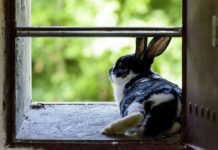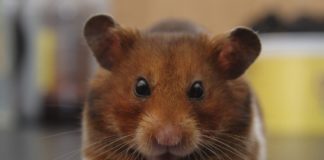How To Feed A Guinea Pig With No Teeth
If your guinea pig can’t eat because they’re missing teeth, then it’s important that you step in with syringe feeding as soon as possible to ensure that:
- Your guinea pig does not lose weight and keeps a healthy condition
- Their gut doesn’t shut down
- To make sure they have enough energy to fight the health problem that’s caused them to stop eating in the first place
It’s advisable to always have some syringes, pellets or recovery food, vitamin C and probiotics ready at home, as in most cases, serious illnesses will happen as an emergency. It’s also important to weigh ill guinea pigs daily and healthy pigs weekly, doing this will help you catch any problems as early as possible.
Using Pellet Food
You can use any quality pelleted brand of dry food, then soak the pellets in warm water, and mash and leave to cool until about room temperature.
Using A Syringe
You will also need a 1ml syringe which can be got from your local vet or online. To use a 1ml syringe, cut the tip of the syringe off and, if the syringe has a black plunger, make sure that this cannot go into the pig’s mouth.
You should never use a syringe bigger than 1ml, especially if you aren’t experienced with syringe feeding. Note: There’s a risk of causing choking or aspirating due to it being difficult to control how much food goes into the mouth with a larger syringe.
Before feeding, make sure that you have the following to hand:
- Mixed up syringe food
- Cut-off 1ml syringe
- Cup of water for rinsing the syringe when needed
- Cup of water for fluids
- Tissue or kitchen roll to clean any spills, wipe chin, etc
- Probiotic and Vitamin C
Holding And Handling The Guinea Pig
Place the guinea pig somewhere that they’re comfortable, for example, on a pillow or a smooth and stable surface. You can feed with the guinea pig sitting on your lap, although this isn’t always the most practical position. Regardless, it’s important to find a way that works best for you and the guinea pig.
Guinea pigs that are very ill are usually not cooperative until they realise that the syringe feeding is contributing to making them feel better.
Alternatively, if your guinea pig is fidgeting or struggling, wrap the guinea pig in a towel or use a product designed specifically for feeding or giving medication. An item like a sealable medication pouch can be helpful, as guinea pigs are master wigglers!
How To Syringe Feed
Once everything is ready and set up, you’re ready to start feeding. It’s important to remember that syringe feeding isn‘t a race and you should go at the guinea pig’s pace and not yours.
First, fill the syringe with food
Start by inserting the syringe into the guinea pig’s mouth from the side so that the tip of the syringe goes behind their front teeth. This means that you’re not syringing the food straight down the guinea pig’s throat, minimising the risk of choking.
Slowly release the plunger, don’t go any more than half of the syringe at a time. Allow the guinea pig to chew and, when you think they’re ready, insert the syringe again, giving them the other half. If you’re experienced, it’s possible to give 1ml in one go, although you should be very careful as you need to make sure that the guinea pig isn’t given more than they can cope with.
If you’re struggling to get the syringe into the guinea pigs’ mouth, gently place your hand over the top of their face so that your fingers are on either side of the mouth, this will help to open the guinea pigs’ mouth, but just enough to get the syringe in.
It is also important to keep your guinea pig hydrated whilst they’re being syringe fed. Therefore, for around every 5ml of syringed food, give 1ml of fluids or if your guinea pig will take more.
It’s important to remember to feed syringe fluids slowly, from the side of the mouth so that the guinea pig doesn’t aspirate. Make sure you give plenty of time for your guinea pig to swallow. If your guinea pig is very small, struggles to swallow or is weak, give no more than 0.1 ml – max. 0.3 ml at once.
How Much And How Often To Syringe Feed
A guinea pig needs different amounts of syringe feed and a different feeding regime, which depends on the situation you’re dealing with. If your guinea pig has still got their appetite, it may accept syringe feed while in the cage.
Whilst feeding, use a separate cup of water to rinse the syringe to prevent the syringe from becoming clogged up.
As mentioned at the beginning, it’s important to weigh the guinea pig daily while they’re being syringe fed, as this will let you monitor as to whether you’re feeding enough to maintain their weight. Keep a record of their weight and the amount of syringes given, together with any probiotics or vitamin C and fluids given.

